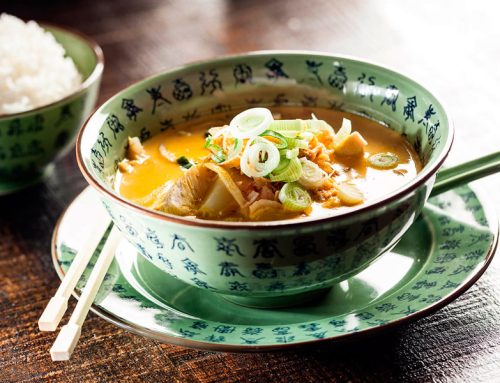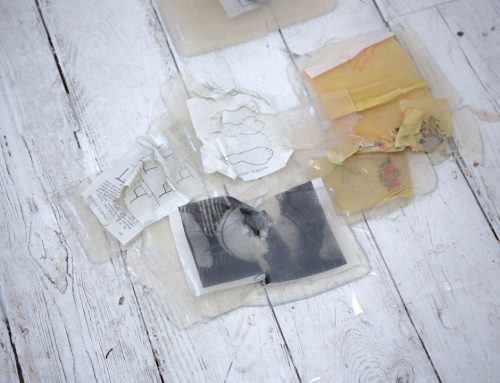Kibbe Recipe
1. The Dough:
• 250g pumpkin or butternut squash, peeled and cut into equal sized pieces
• 150g fine brown bulgur wheat
• 1/2 tsp Lebanese 7 spices*
• 1/2 tsp allspice
• 3/4 tsp salt
2. The Filling:
• 200g spinach
• 75g chickpeas
• half an onion, julienned
• 1 tbsp sumac
• salt to taste
Step off busy Paral•lel and you’ll find the teacup-sized Iakni, a Lebanese restaurant with a Mediterranean vibe run by Ralph Msann. His small menu is composed of tapas-sized dishes which represent his personal and very thoughtful approach to Lebanese cuisine. All of the plates are excellent, and it’s hard to choose a favorite, but the kibbe is a good, easy place to start.
Where do you get your inspiration?
When I’m not in Barcelona, I’m spending time in the mountains in Lebanon trying dishes, taking notes and scouting references. It’s always so nice and inspiring to go back.
What is kibbe exactly?
Kibbe is a Lebanese national dish, a small pie or cake with a thick bulgur wheat-based dough. It is one of the most ancient Lebanese dishes, but one that has lasted. It has even migrated to influence American cuisines like Dominican kippes. It is a very flexible recipe, served in many formats (different doughs and fillings) and cooked in many ways, but at the center of the recipe is bulgur. For me, what makes kibbe interesting is that it doesn’t fall under any familiar category. It’s not a salad, not a dip, nor a marinade and technically not a croquette, but maybe more like a pie or a cake. We often hear it’s the most intriguing dish on our menu!
Besides being so ancient, why is kibbe special to Lebanese cuisine?
It represents an important aspect of Lebanese cuisine: handwork. It is typically prepared in a giant pestle and ground with a giant mortar. The dough can be made with vegetables (pumpkin, tomatoes, potatoes) or meats (beef, fish). Kibbe can be eaten raw, topped with olive oil and fresh mint leaves, or cooked (fried or oven baked).
How to:
- Boil the pumpkin by dropping it in boiling water for 10-15 minutes until easily pierced with a fork. Lay the hot boiled pumpkin and some of the cooking water on top of the dry bulgur grains to cook them. Let cool. Add spices. Mix well.
- Sautee onion and spinach leaves. Add spices. Remove from the heat. Add chickpeas. Let cool.
- Prepare your kibbe dough by shaping it with your hands. Add the filling. Close it into a ball.
- Heat a neutral oil (like peanut) in a pan over medium-high heat. Fry the balls until crisp, turning as necessary to fry all sides.
- Serve the kibbe alongside labneh or hummus and a lemonade spiked with a couple drops of fragrant orange blossom water.
*Notes
Lebanese 7 spices is the most flexible and most used spice mix in Lebanon. It’s a blend made primarily from equal parts cinnamon and pepper (black and sweet, which is also known as allspice), and four other spices, nutmeg, coriander, cloves, and ginger in equal proportions. It is labeled “Baharat” which translates literally to “spices” in Arabic.





